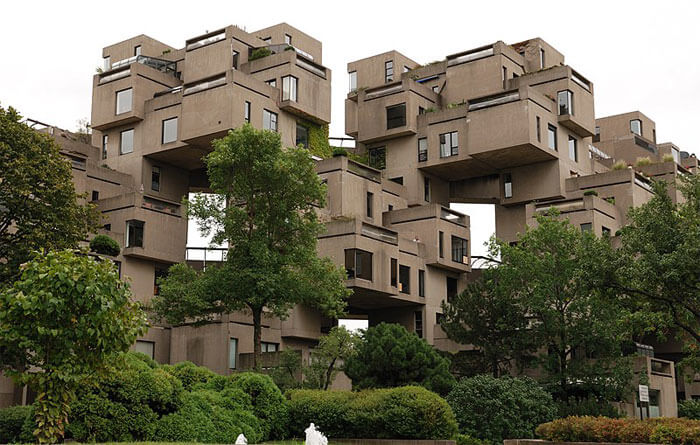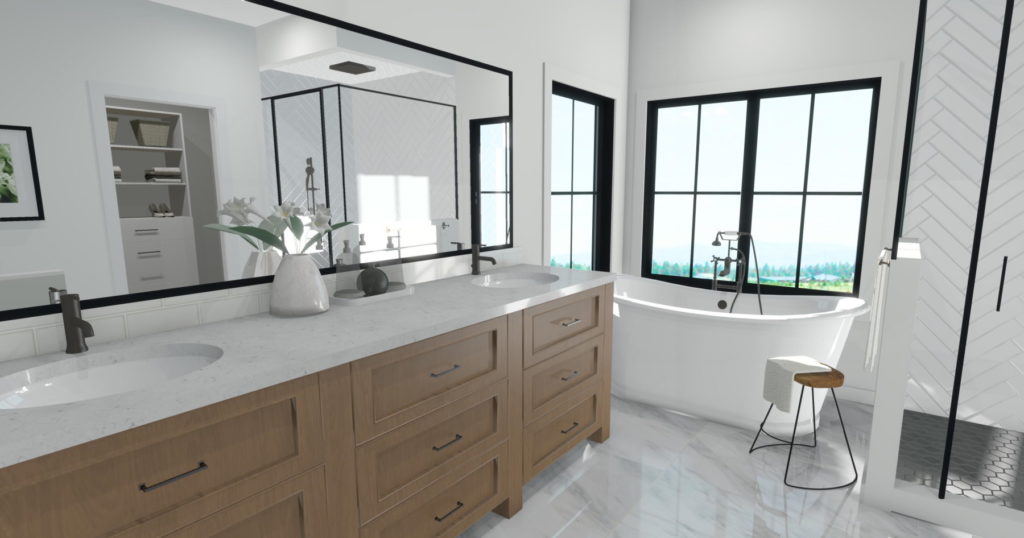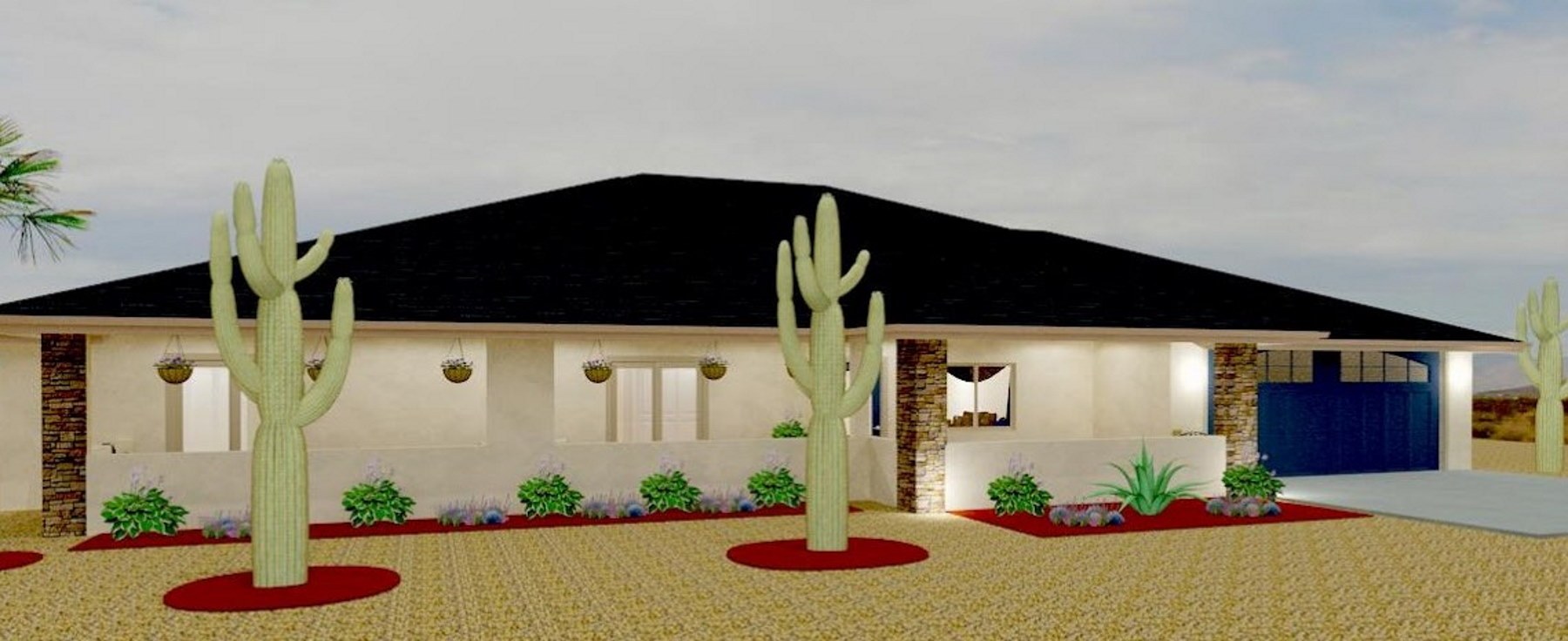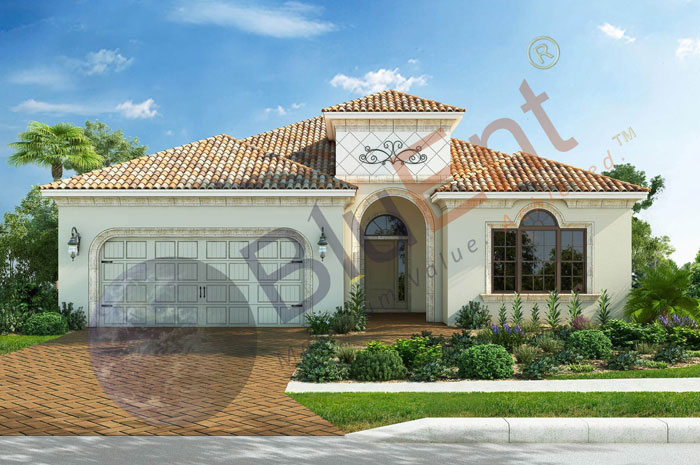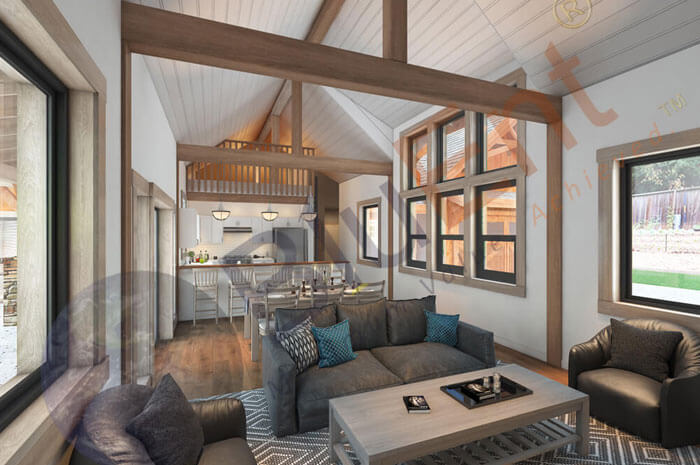You would possibly find it irresistible. It’s extra possible you don’t. Both manner, you possibly can’t escape it solely. Brutalist structure is discovered everywhere in the world, particularly jap Europe (the previous Soviet bloc). It was a well-liked type for college campuses, high-rise flats, purchasing and leisure centres, and authorities tasks.
Uncovered, daunting, and expressive buildings with unpretentious visuals outline . Its most simple options will be chalked into 4 divisions: Tough surfaces Small home windows Monochromatic palette Modular components Huge types Uncommon shapes Use of supplies comparable to metal, stone, glass and gabions Expression of buildings Introduction: The Historical past of Brutalist Structure Brutalist structure, a controversial type, surfaced within the mid-Twentieth century as part of a fast, economical resolution to the city destruction formed by World Conflict II. Between 1950 and 1980, the type was all the trend. Buildings of the brutalist type are characterised by their “blocky”, monolithic look, in addition to a inflexible geometric type and liberal use of poured concrete. Having stated that, the class of brutalism is, typically talking, broad and comparatively imprecise, and has sparked many debates about which designers qualify as brutalists. It’s the Unité d’Habitation in Marseilles by Swiss-French architect Le Corbusier that many contemplate the delivery of Brutalism. Accomplished in 1952, it was a mammoth advanced largely freed from ornamental components that might home as much as 1,600 individuals. This laid the framework for future Brutalist tasks.
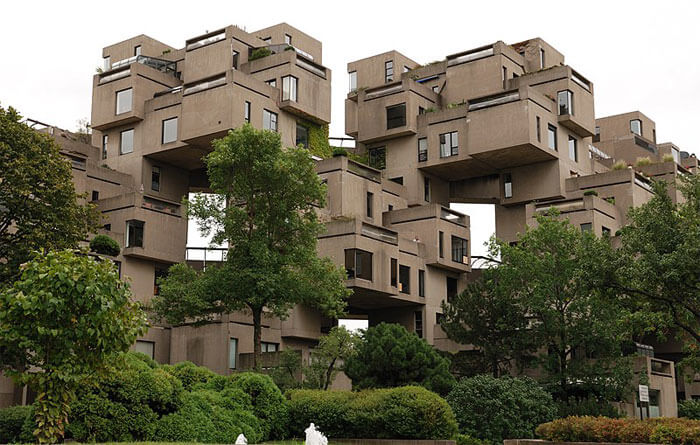 There are conflicting accounts as to who first used the time period “brutalism”. Some say it was Alison Smithson in 1953, for a home in Colville Place, Soho – a undertaking that was by no means executed. Others declare that the phrase in relation to structure was coined by Hans Asplund, a Swedish architect, in 1949. Irrespective of who first used the time period, it’s typically agreed upon that brutalist structure as each a time period and a motion was popularized in 1954 by architectural historian Reyner Banham. Brutalist structure design emerged in response to an pressing requirement for inexpensive, large-scale residential buildings. The most important cities of Europe had been closely broken by warfare, and large-scale re-housing tasks have been being applied throughout the continent to enhance the lives of residents. Because of its emphasis on low-cost constructing supplies, brutalism was chosen because the type for a lot of of those tasks. Moreover, brutalist design was a part of a broader motion of mid-century-modern useful design. Whereas the modernism of the early Twentieth century was related to concepts of complexity, mid-century modernism centered on simplicity, utility, and mass manufacturing. This aesthetic was rooted within the actions of Constructivism and the Bauhaus. Brutalist structure got here to be related to socially progressive housing options, and have become widespread throughout European communist nations such because the the Soviet Union, Czechoslovakia, Bulgaria and Yugoslavia. Certainly, one of many first photos you consider once you hear the phrase “Soviet Union” is likely to be Soviet brutalist structure. Well-known Brutalist Structure There is no such thing as a scarcity of brutalist buildings on this planet, however some stand out as icons of the type. Trellick Tower in London (Ernő Goldfinger, 1972) Boston Metropolis Corridor in Boston (Kallmann, McKinnell & Knowles, 1969) The Met Breuer in New York Metropolis (Marcel Breuer, 1966) Palika Kendra in New Delhi (Mahendra Raj & Kuldip Singh, 1984) The Home of Soviets (Yulian L. Shvartsbreim, 1970)
There are conflicting accounts as to who first used the time period “brutalism”. Some say it was Alison Smithson in 1953, for a home in Colville Place, Soho – a undertaking that was by no means executed. Others declare that the phrase in relation to structure was coined by Hans Asplund, a Swedish architect, in 1949. Irrespective of who first used the time period, it’s typically agreed upon that brutalist structure as each a time period and a motion was popularized in 1954 by architectural historian Reyner Banham. Brutalist structure design emerged in response to an pressing requirement for inexpensive, large-scale residential buildings. The most important cities of Europe had been closely broken by warfare, and large-scale re-housing tasks have been being applied throughout the continent to enhance the lives of residents. Because of its emphasis on low-cost constructing supplies, brutalism was chosen because the type for a lot of of those tasks. Moreover, brutalist design was a part of a broader motion of mid-century-modern useful design. Whereas the modernism of the early Twentieth century was related to concepts of complexity, mid-century modernism centered on simplicity, utility, and mass manufacturing. This aesthetic was rooted within the actions of Constructivism and the Bauhaus. Brutalist structure got here to be related to socially progressive housing options, and have become widespread throughout European communist nations such because the the Soviet Union, Czechoslovakia, Bulgaria and Yugoslavia. Certainly, one of many first photos you consider once you hear the phrase “Soviet Union” is likely to be Soviet brutalist structure. Well-known Brutalist Structure There is no such thing as a scarcity of brutalist buildings on this planet, however some stand out as icons of the type. Trellick Tower in London (Ernő Goldfinger, 1972) Boston Metropolis Corridor in Boston (Kallmann, McKinnell & Knowles, 1969) The Met Breuer in New York Metropolis (Marcel Breuer, 1966) Palika Kendra in New Delhi (Mahendra Raj & Kuldip Singh, 1984) The Home of Soviets (Yulian L. Shvartsbreim, 1970)
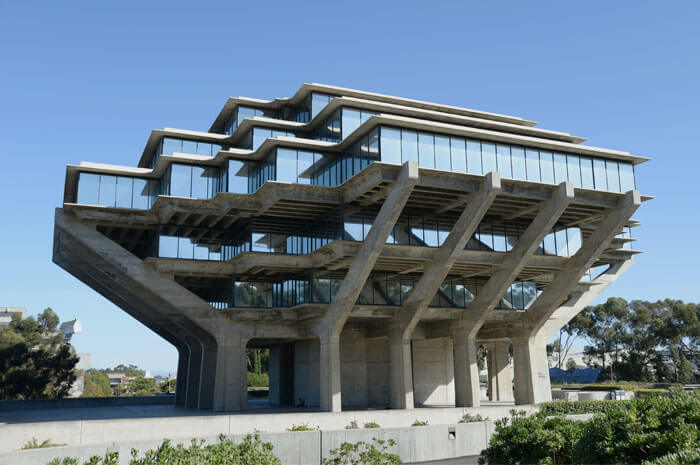
The Geisel Library, CA, by Laura Ockel The Fall of Brutalist Structure Because the Nineteen Eighties rolled round, brutalism grew to become an more and more polarizing type, as high-rise buildings started to be related to city decay, totalitarianism, crime, and social deprivation. Moreover, the uncooked concrete so iconic of the brutalist type didn’t age properly, and infrequently displayed indicators of decay and water harm. Writer Anthony Daniels (pen title Theodore Dalrymple) referred to as brutalist structure design “monstrous” and acknowledged that it might “wreck the concord of a complete townscape”. Certainly, many brutalist buildings have been torn down because the Nineteen Eighties. Some individuals contemplate these buildings to have been eyesores. Others imagine that their demolition means a lack of each a bit of historical past and important, even engaging structure. Having stated that, many brutalist buildings can nonetheless simply be discovered all over the world. Throughout the Nineteen Eighties, the brutalist type gave option to Deconstructivism and high-tech structure. These additional made manner for post-modern structure. Brutalist Design: A Comeback? A renewed appreciation for brutalist structure design has emerged in the previous few years. Nonetheless, this revival is commonly dubbed “neo brutalism”. Whereas brutalist buildings should not gaining recognition the best way they did within the Nineteen Sixties, current buildings are being retrofitted, refurbished and enhanced. They’re additionally being given extra curiosity. A number of brutalist buildings have been saved from being torn down, whereas others have achieved UNESCO heritage or nationwide heritage standing. In 2006, three architects from Boston launched into a rebranding marketing campaign to have brutalism renamed as “heroic structure”. It’s an try and protect the substance and scale of brutalism whereas eradicating the destructive connotations of the unique time period. It’s nonetheless one thing of a thriller as to why brutalism has grow to be trendy as soon as extra. Brad Dunning, celeb dwelling designer and contributing editor of GQ, in his article The 9 Brutalist Wonders of the Structure World, has a idea:
As for contemporary brutalist structure, you want solely to show to American rapper Kanye West’s Yeezy Studio in California. Native designer Willo Perron designed it allowing for brutalism and utilitarianism. Architects have additionally been revisiting conventional brutalist architectural ideas to create cheerful, heat dwelling areas. Conclusion Irrespective of one’s private emotions concerning the brutalist type, there’s no denying that the common brutalist construction is a show-stopping piece that looms over each individuals and different buildings, altering whole metropolis skylines and commanding consideration. For all its utilitarianism, it’s daring and in-your-face. Resulting from their use of heavy poured concrete, brutalist buildings are laborious to renovate and laborious to tear down. This solely fuels public debate about whether or not or to not protect these hulking relics. What do you suppose? Is brutalist design one thing you’ll need to see extra of? Or is it finest relegated to historical past? Inform us within the feedback! Get in Contact,

